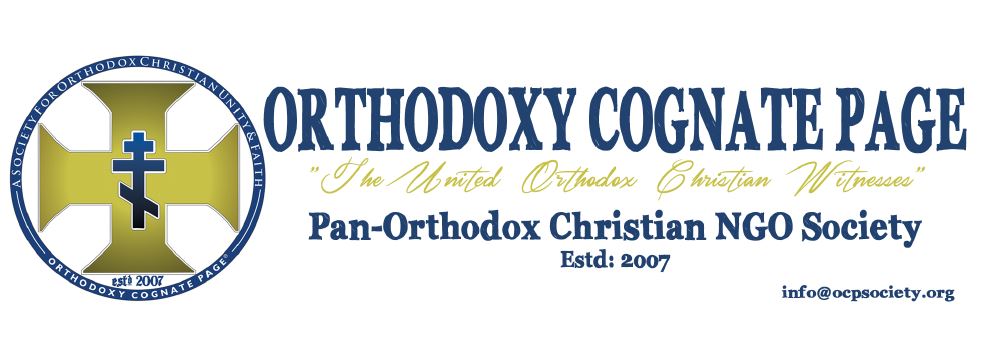Relations between Georgian and Armenian churches

A sketch with an incident in the background
By Georgy Kalatozishvili, Tbilisi. Exclusively for Vestnik Kavkaza
http://vestikavkaza.ru – July – August 2014
Recent events at the Surb Echmiadzin church in Tbilisi city center drew attention to relations between the Georgian and Armenian churches. The clash between Georgians and Armenians in the Avlabar District of Tbilisi is unique and was followed by an uncompromising stand in finding the causes of the conflict. Any professional conflictologist can say that even if it was an ordinary quarrel, it was based on the interests of two communities.
This is why this ordinary quarrel has such broad interpretations. The Georgian side asserts that a local Georgian woman was irritated by an Armenian cleric blocking a drive by parking his car. The Georgian Eparchy of the Armenian Apostolic Church (AAC) said that two congregants tried to help the woman and a conflict started. Imagine two courteous young men helping a lady and she just keeps shouting and insulting Armenians and their church.
There is no point in searching for all the nuances and huddles of motivations for the quarrel. What is more important is that it highlighted religious tensions between the two states and communities. If we do not look so deep as into the schism of the Dyophysites and the Miaphysites and take the last 25-year history, we can say that differences were first seen at the start of the construction of the St. Trinity Cathedral in Tbilisi in 1989.
The patriarchy of the Georgian Orthodox Church (GOC) decided to build a huge temple on a hill near an Armenian cemetery. The territory of the church, Armenian officials say, will take part of the territory of the cemetery. The sides managed to keep that problem down. The St. Trinity Cathedral was built and Georgia cannot be imagined without it, the building fits so well into the architecture and the ecclesiastical life of the Georgian capital.
There are no dogmatic disputes between the churches, because the differences had long been established and recognized. The Armenian church insists on the return of closed churches on Georgian territory, mainly the Surb Norashen Church in Tbilisi.
The fate of the church became tragic after the failure of the AAC and the GOC to decide its ownership. According to the Georgian narrative, often cultivated by Georgian clerical and near-clerical confidants, the Surb Norashen and other churches in Georgia were actually Georgian until they were bought by Armenian clerics with lies and gold. One needs only to see the architecture of Surb Norashen to be confident that it is an Armenian church.
The Armenian diplomacy is to keep the church closed if it cannot be handed over to the AAC. So the statuesque Christian church remains empty, gradually becoming desolated and crumbling. Armenian officials visiting Georgia often visit it and stand at the half-broken chancel with stern faces.
Armenian Patriarch Karekin II discussed the problem during his visit to Georgia. It almost turned into a row when it appeared on social networks. In the recording, the Armenian patriarch was scolding his Georgian counterpart for refusing legal status to the eparchy of the AAC. Catholicos-Patriarch Ilia II is a soft and polite man, he tried to object.
Georgian President Saakashvili decided to intervene and, with the help of the parliamentary majority, he gave the Armenian eparchy legal status.
In its turn, the GOC patriarchy declared the foundation of the Agarak-Tashir Eparchy, stretching throughout the Lore Province that Georgia and Armenian had fought for in 1918. The GOC assures that the region has Georgian Orthodox churches and they should be under the control of the GOC. The Holy Echmiadzin, expressing no doubts that the churches there exist, said that they do not belong to Georgia.
Billionaire Bidzina Ivanishvili proposed restoration of all Armenian churches in Georgia at his own expense. The GOC did not give him the permission. But even if his benevolent project succeeded, the problems of ownership of churches, control of the AAC eparchy and renewal of worship in Surb Norashen would have not been resolved.
Unlike in the age of the Council of Chalcedon, when there were no Georgians or Armenians in their modern understanding and there were Dyophysites and Miaphysites instead, the relations between the GOC and the AAC are affected by their nation-building function, based mainly on ethnicity.
